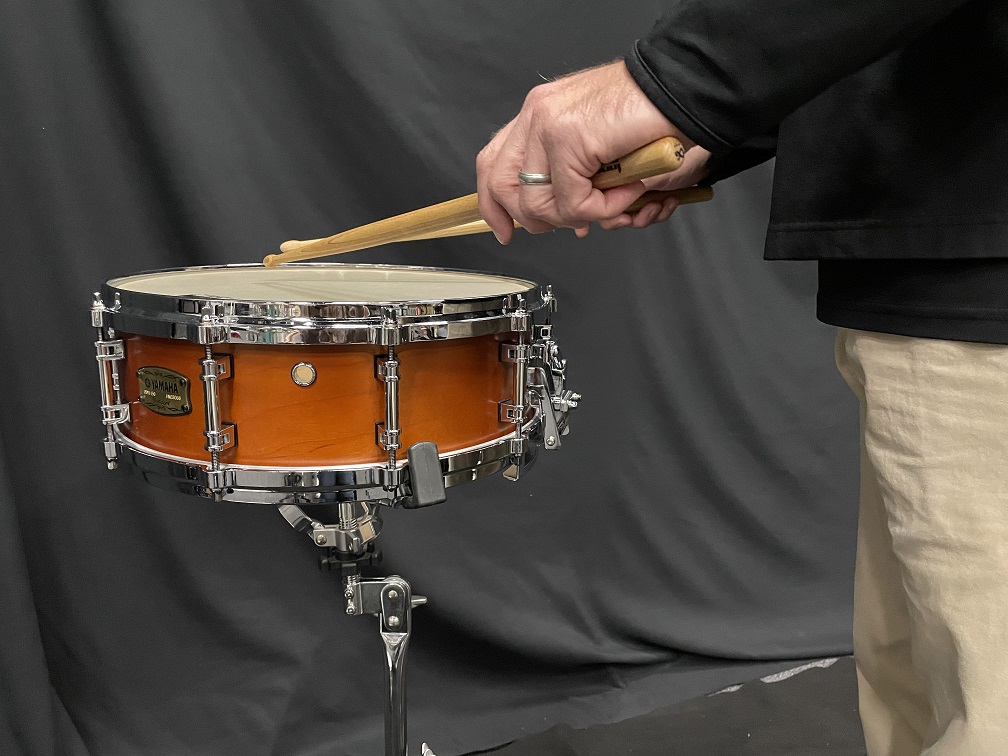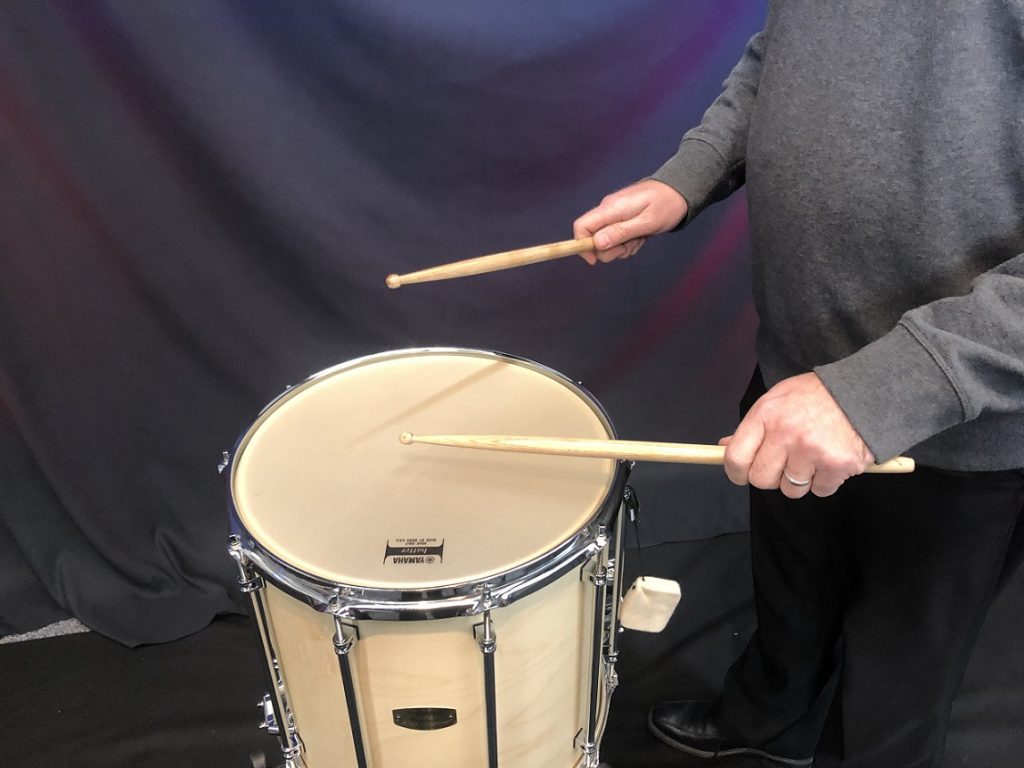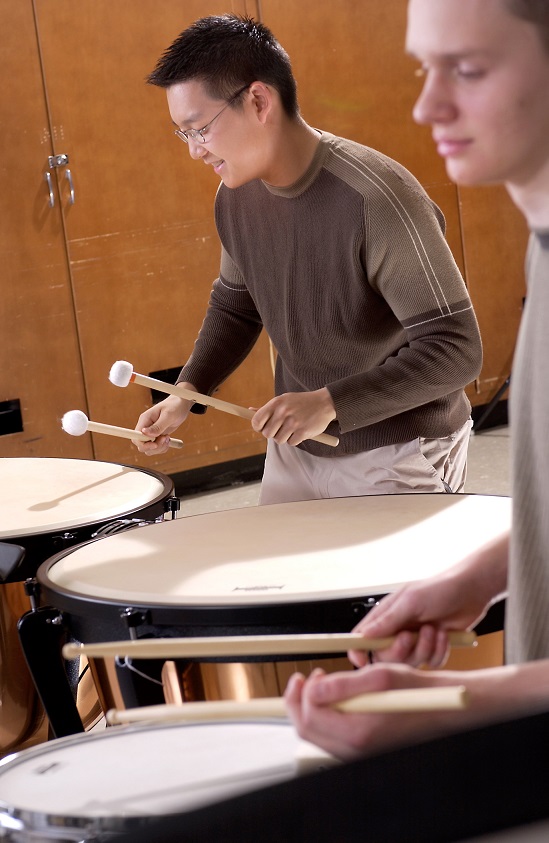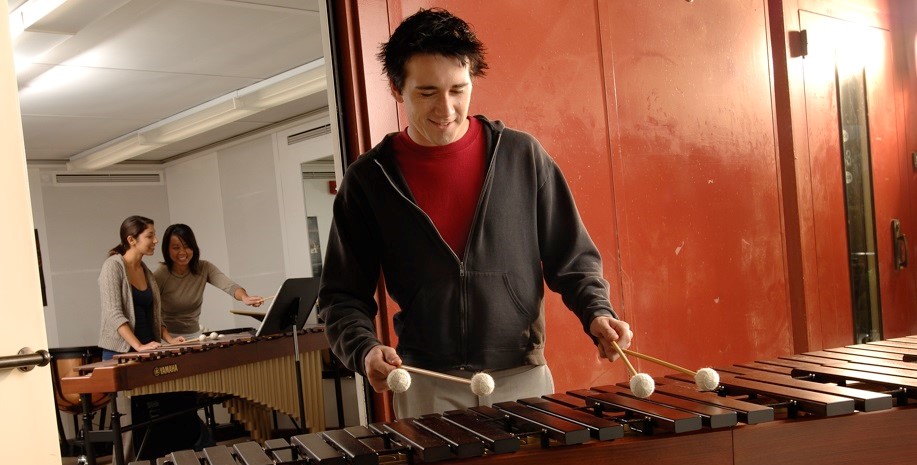Tagged Under:
Fix It: Vibraphone Teaching Tips
Try these expert tips on fixing common errors that vibraphone students make.
Within the mallet instrument family (marimba, orchestra bells, xylophone, vibraphone), the vibraphone or “vibes” is the newest member and the most unique.
There is an added level of coordination needed to play the vibes because of its dampening pedal. Students must combine basic mallet-playing technique with pedaling technique.
I recall as a young percussionist spending a lot of time focusing on the different coordination combinations and once it “clicked,” I never had an issue again. It’s like taking the training wheels off of your first bike — once they are removed, you never have to put them back on!
How to Fix Mallet Placement and Equal Right-to-Left-Hand Involvement
How to Fix a “Wind-Like” Legato Phrase that Isn’t Coppy or Staccato
How to Know When to Pedal If it Isn’t Noted
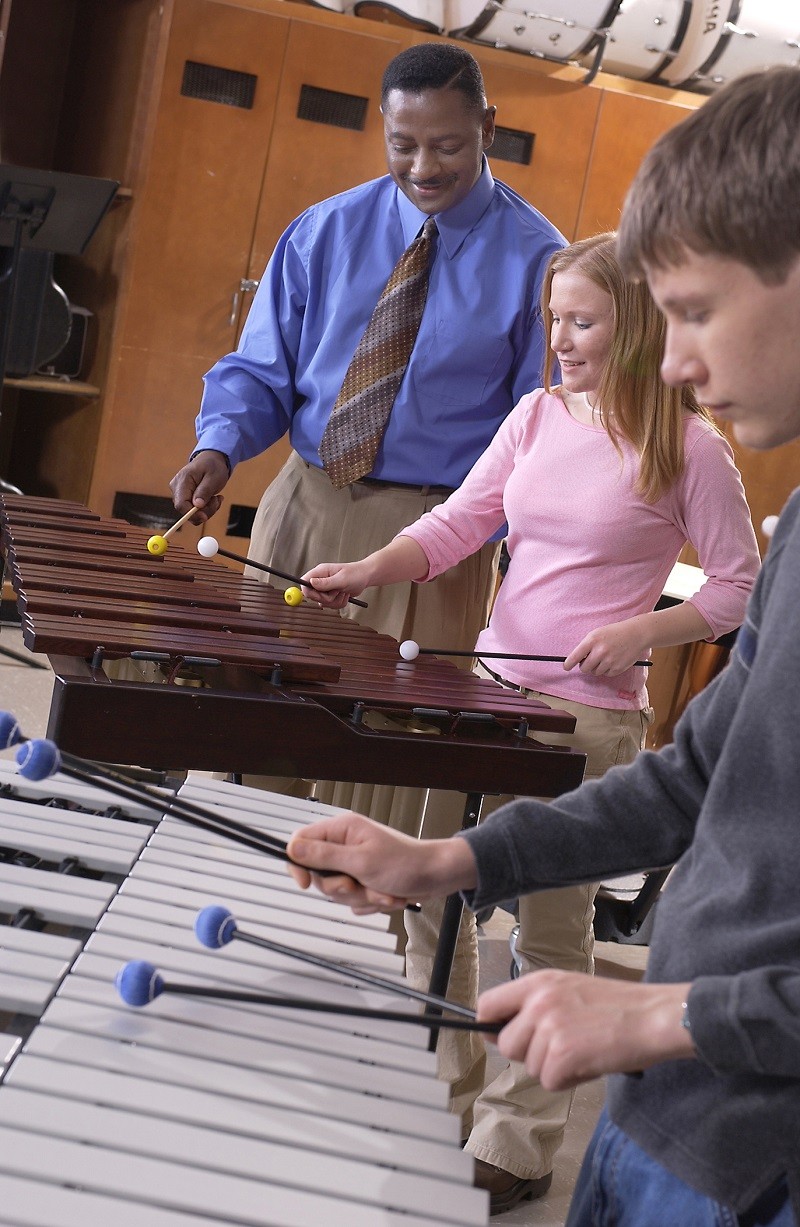 Fix It: Mallet Placement and Equal Right-to-Left-Hand Involvement
Fix It: Mallet Placement and Equal Right-to-Left-Hand Involvement
This is an issue with any mallet percussion instrument, but the issue can be exaggerated with the vibraphone: A student’s dominant hand will sometimes be louder. Make sure that the student’s height of rise with their basic stroke is equal. You do not want to hear that common slight accent from their dominant hand.
The large metal bars of the vibes are so resonant that the slightest difference with mallet striking placement can be heard. The easiest location for all of the bars is dead center. Young students commonly have an issue playing the upper manual (accidentals) in the center of the bars. When you strike too close to the node or “the string,” the sound really suffers. Students must become consistent and always strike the same spot on each bar. Over time, “muscle memory” will help with this process.
Fix It: Producing a “Wind-Like” Legato Phrase that Isn’t Choppy or Staccato
Through a combination of some uniquely vibe techniques, you can produce “wind-like” legato musical phrases.
Pedaling is not an “on” or “off” option. The dampening pedal on the vibes is similar to the pedal on a piano. Many young students get into the habit of having the pedal either all the way up or all the way down. This doesn’t have to be the case. There are unique pedaling concepts, such as “half pedal” or “flutter pedal” that can be explored. Let your students experiment with the pedal. The dampening pedal only needs to be lowered a little in order to allow the vibe bar to ring out. A slight amount of down pressure will allow the bar to ring.
Students should also experiment with the timing of when to move the pedal up and down. Imagine that you are playing a half note on an F followed by a G. As the F bar is ringing, do not lift the foot up until a split second before you strike the G bar. The shorter this split second can be, the better. The goal is to have the vibraphone sound like a wind instrument, almost slurring from one pitch to another. This same concept can come into play connecting vibe chords.
Mallet dampening is another effective technique to help connect legato notes. The pedal remains DOWN as you move from note to note. The mallet head is used to press against the metal bar to stop its vibrating. The coordination needed to do this is tricky, and getting used to it will take some time. There are a couple of different ways to approach mallet dampening. First, there is a certain notation used to show when mallet dampening is needed. This notation is simply an X . Here is a very basic exercise to introduce this idea to young students. The pedal remains DOWN the entire time.

The simplest way to mallet dampen is to make one hand the “player” and the other hand the “dampener.” The trick is the timing and the different type of stroke required for each hand. The dampening motion is simply pressing the mallet head into the bar. You do not want to hear the dampening mallet make contact! There must be just enough pressure to stop the sound from the bar. The playing mallet uses a normal stroke. The timing is important because both hands must do their strokes at the same time. With this simultaneous timing, you should not hear any contact sound from the dampening hand.
Another approach to mallet dampening is to change the roles of each hand depending on the musical line itself. For the exercise below, both hands can dampen at different times depending on the ease of playing the musical line.

There are several other variations that can be used for mallet dampening, but the two examples above are a great starting point.
Also, you can press a finger into the vibe bar to stop the vibration rather than the mallet head. This finger dampening is used a lot while playing the bells.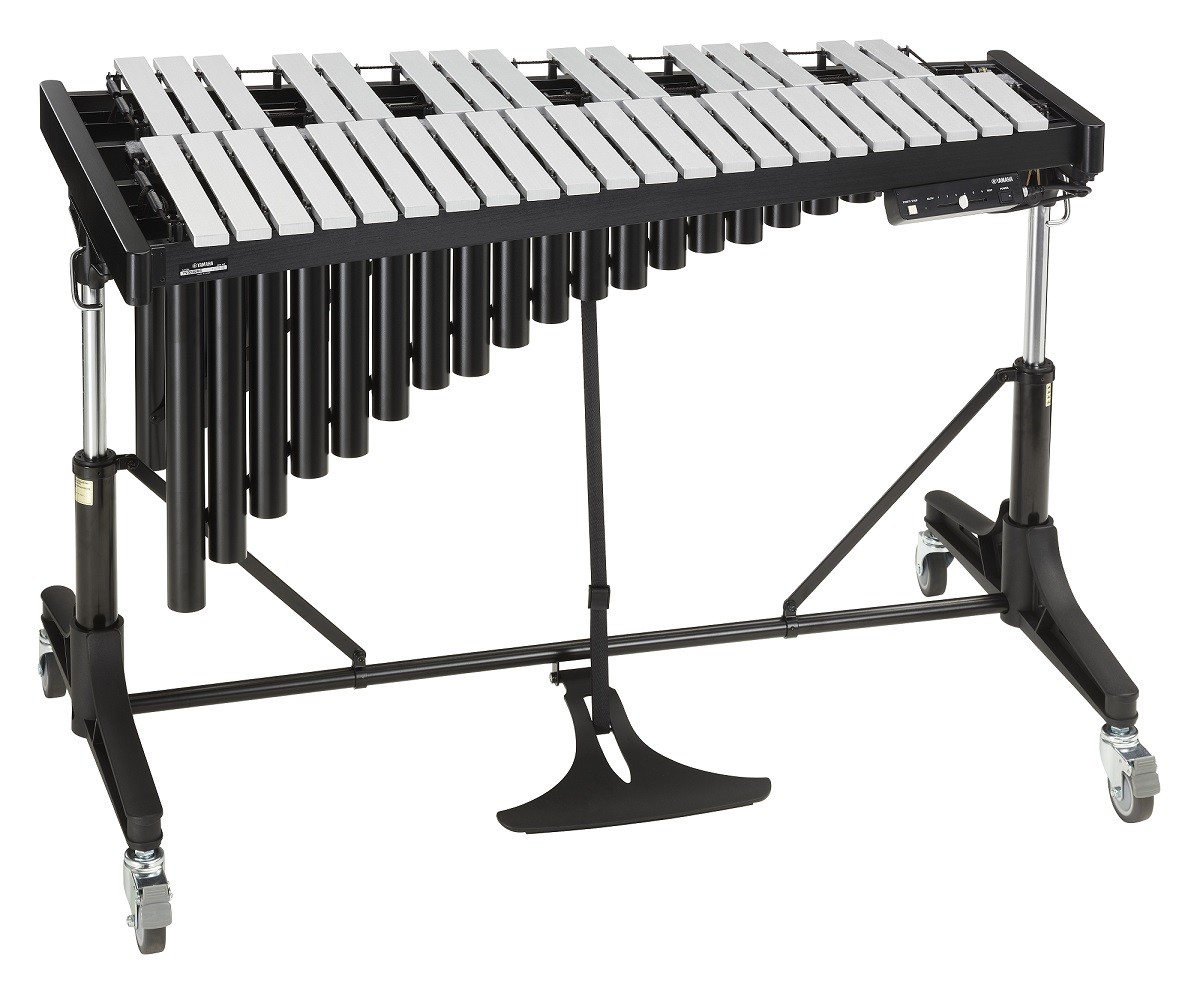
Fix It: When to Pedal If it Isn’t Notated
Most large ensemble literature will not have pedal markings notated for the vibraphone part. This is left up to the performer. Sometimes long musical slurs or phrase marks are used to show where the composer wanted to bring across a legato phrase. Remember to keep in mind what the overall goal is in regard to the sound of the musical moment. Between the use of the pedal and mallet dampening, the student wants to bring across that overall goal. There is no absolute rhythm or reason on how to do this. Through the dampening and pedaling ideas listed above, you must help your students bring across that musical goal.
The music theory behind the linear note collection might help in your decision. How does it sound with those couple of pitches ringing through at the same time? The quick half pedal can help in quicker passages while mallet dampening might help when time allows it. Again, this is something that you, the music educator, and your student can experiment with. How does the vibraphone musical moment work with or against the wind moment and the other mallet parts?
Final Tips
A few “nuggets” to think about:
- Use WD-40 on the pedal mechanism to limit all the squeaks and clicks that can sometimes come across with the vibraphone.
- Every now and then, check and make sure all knobs, screws, bolts, etc. are tightened, especially those that face toward the floor. Vibration and gravity tend to loosen things over time.
- In most ensemble situations, the vibraphone gets lost in the overall ensemble sound. The instrument comes across as a quiet instrument. The quick, easy fix is to use harder mallets than you might think are needed. Compared to most other mallet instruments and the different drum-type instruments, the vibes do not project as well.











